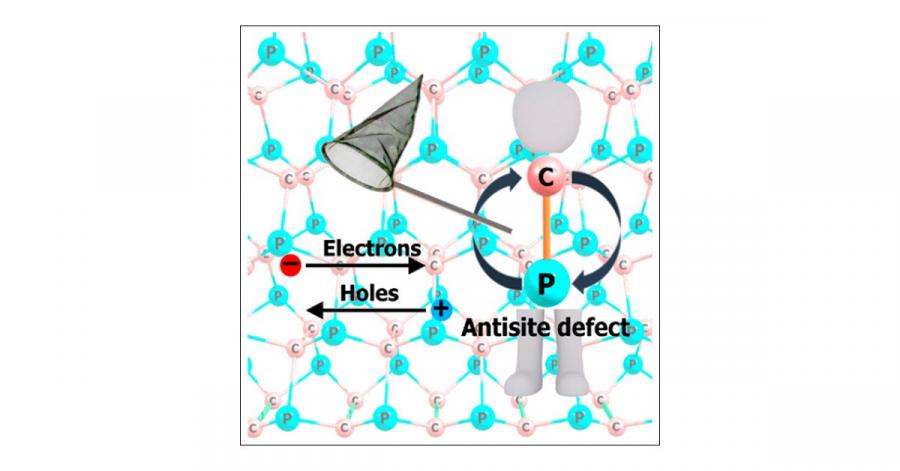MEPhI scientists have studied the high mobility of electrons and holes in a new 2D material - phosphorus carbide. This material can be an ideal basis for high electron mobility transistors needed to improve radar stations and satellite communication systems. The results of the study were published in The Journal of Physical Chemistry Letters .

Phosphorus carbide belongs to a relatively new class of two-layer 2D structures with covalent C-C bonds between the layers, while in “classical” two-layer heterostructures the layers are connected only by van der Waals forces, said the author of the study, MEPhI Professor Konstantin Katin.
“The most attractive feature of phosphorus carbide for electronic engineering is the strong anisotropy of mobility. We can say that the “viscosity” of this material in relation to charge carriers - electrons and holes - is not the same in different directions,” he said.
However, according to the researcher, this very beneficial effect is eroded by the presence of defects that increase and even out the “viscosity” of the material in all directions. Charge carriers seem to “crash” into defects and bounce off them in random directions. As a result, the performance of electronic devices drops catastrophically.
Unlike purely carbon materials (for example, graphene), phosphorus carbide is prone to “rearrangement” type defects, when carbon and phosphorus atoms change places and occupy “wrong” places. It is impossible to ensure perfect order at the atomistic level in the process of manufacturing a material, so the scientists of the MEPhI set themselves the task of determining how much such defects are detrimental to the mobility of carriers.
“We found that there is a range of “safe” defect concentrations that have little to no effect on material properties. After exceeding a certain concentration threshold, defects turn into “traps” for electrons and holes and prevent their movement. At even higher concentrations, the defects distort the properties of the initial material so strongly that even the effective masses of the carriers change. The most unexpected thing is that mobility can even increase due to this effect,” said Konstantin Katin.
The researchers found that phosphorus carbide can maintain high anisotropic mobility even when heated to 1000 K, a temperature sufficient for most technological operations.
“This stability will help phosphorus carbide replace anisotropic germanium and rhenium dichalcogenides in the production of polarization-sensitive photodetectors, diodes, integrated digital inverters, and synaptic elements for neuromorphic devices. And thanks to better anisotropy and greater mobility of carriers in phosphorus carbide, these devices will become more reliable and will be able to work faster,” the scientist concluded.
The next stage of the research, according to him, will be the manufacture and characterization of a transistor based on this material.





